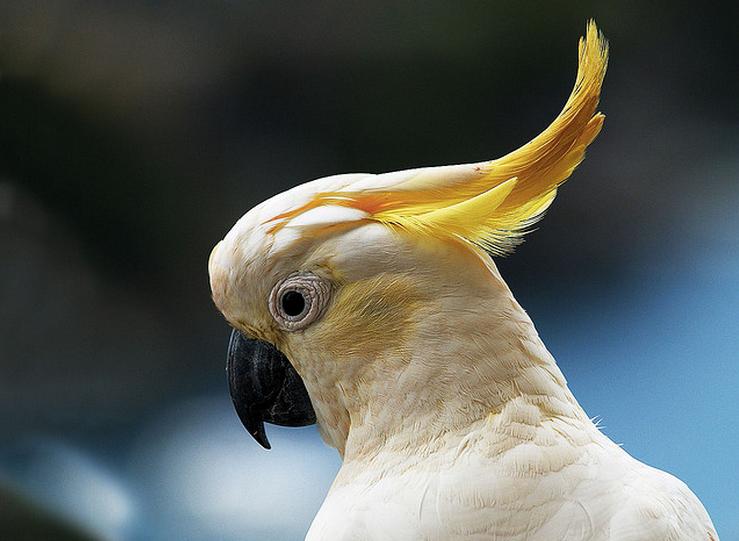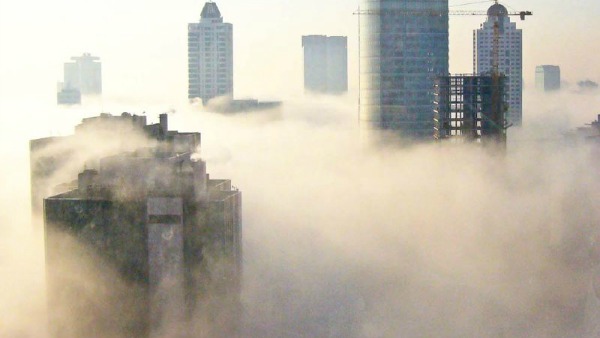
John WalkerMakes you thirsty, doesn’t it?
Who’d like a tall glass of fog? Apparently the answer is “people in Chile and 16 other very dry countries.” And so, along with scientists from MIT, Chilean scientists developed a new, super-efficient way to wring air-juice out of the sky. Writes Wired:
A fog-harvesting system that is up to five times more efficient than previous systems at turning airborne water into drinking water has been developed by researchers at MIT in collaboration with colleagues in Chile.
Fog harvesting is not a new technique — it’s already used to pull drinking water out of the air in at least 17 different countries. Systems generally consist of some sort of vertical mesh, a little like a large tennis net. The technique is inspired by specialized plants and insects that survive in some of the world’s driest regions by drawing water from the air in this way.
The research team has managed to optimize the nets by fine-tuning the size of the filaments in the nets, the size of the holes between the filaments, and the coating applied to the filaments.
Apparently many fog-harvesting systems use the equivalent of a strainer with holes that are too big, so the sneaky fog slips right through. Finer plastic mesh, and layers upon layers of it, would catch more fog and turn it into much-needed hydration.
Lots of countries create drinking water from fog, but Chile does it best
So if you, like the nuns in the Nonnberg Abbey, have ever wondered, “How do you catch a cloud and pin it down?” now you’ve got your answer.



